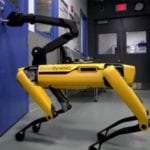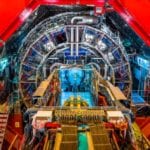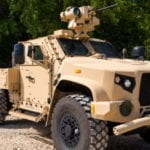 Politics
Politics  Politics
Politics  Weird Stuff
Weird Stuff Ten Bizarre Facts About The Doge Meme
 Our World
Our World 10 Ways Your Christmas Tree Is More Lit Than You Think
 Movies and TV
Movies and TV The 10 Coolest Stars to Set Sail on The Love Boat
 History
History 10 Things You Didn’t Know About the American National Anthem
 Technology
Technology Top 10 Everyday Tech Buzzwords That Hide a Darker Past
 Humans
Humans 10 Everyday Human Behaviors That Are Actually Survival Instincts
 Animals
Animals 10 Animals That Humiliated and Harmed Historical Leaders
 History
History 10 Most Influential Protests in Modern History
 Creepy
Creepy 10 More Representations of Death from Myth, Legend, and Folktale
 Politics
Politics 10 Political Scandals That Sent Crowds Into the Streets
 Weird Stuff
Weird Stuff Ten Bizarre Facts About The Doge Meme
 Our World
Our World 10 Ways Your Christmas Tree Is More Lit Than You Think
Who's Behind Listverse?

Jamie Frater
Head Editor
Jamie founded Listverse due to an insatiable desire to share fascinating, obscure, and bizarre facts. He has been a guest speaker on numerous national radio and television stations and is a five time published author.
More About Us Movies and TV
Movies and TV The 10 Coolest Stars to Set Sail on The Love Boat
 History
History 10 Things You Didn’t Know About the American National Anthem
 Technology
Technology Top 10 Everyday Tech Buzzwords That Hide a Darker Past
 Humans
Humans 10 Everyday Human Behaviors That Are Actually Survival Instincts
 Animals
Animals 10 Animals That Humiliated and Harmed Historical Leaders
 History
History 10 Most Influential Protests in Modern History
 Creepy
Creepy 10 More Representations of Death from Myth, Legend, and Folktale
10 More Incredible Ways Nature Beat Us In Technology
We human beings have managed some amazing accomplishments: skyscrapers, space travel, deep-sea diving, and Dilbert comics, among other things. Yet as clever as we are, we still have much to learn from our fellow earthlings. Plants and animals demonstrate amazing feats of engineering all the time.
Biomimicry is the act of modeling structures, materials, and systems after biological units and processes.[1] We’ve told you before about technologies that mimic features of animals. Here are ten more examples of how nature has schooled us on creating advanced technology.
10 Sharkskin And Air Travel
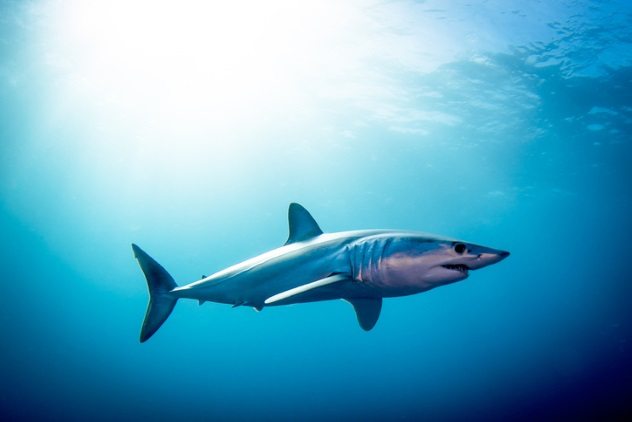
There’s a reason why sharks have been the subject of so many terrifying stories; they’re some of the most efficient predators found in nature. These hunters have their water-optimized skin to thank for helping them to reach their top speeds. The surface of sharkskin is made up of tiny “teeth” called dermal denticles. These dermal denticles (also referred to as placoid scales) have grooves that channel water, therefore reducing drag.
The ideal design of sharkskin has been the source of numerous “Aha” moments among inventors. One brilliant application comes from three scientists from the Fraunhofer Society, a German research organization. They developed a special paint after studying sharkskin up close. This paint, when brushed onto a special stencil and applied to the surface of airplanes, achieves the structure of sharkskin and reduces drag. The researchers claim that if this paint were applied to every airplane on the planet, it would save up to 4.48 million tons of fuel per year.[2]
9 Schools Of Fish And Wind Farms
It’s quite fascinating to watch a school of fish swim in sync through the sea. They seem to keep up with each other no matter what, even when making sudden turns. One theory behind this behavior is that fish in a school can drift off of the flow patterns of the surrounding fish. Essentially, schooling acts as an energy-saving technique.
A team at Caltech led by Professor John Dabiri designed vertical wind turbines that operate in a similar way. When grouped together, they become more energy-efficient by using the air current generated by neighboring turbines. The result is an array of wind turbines that can outperform conventional windmills.[3] These findings have been backed by similar studies performed by Stanford, Johns Hopkins University, and the University of Delaware.
8 Humpback Whales And Turbine Blades
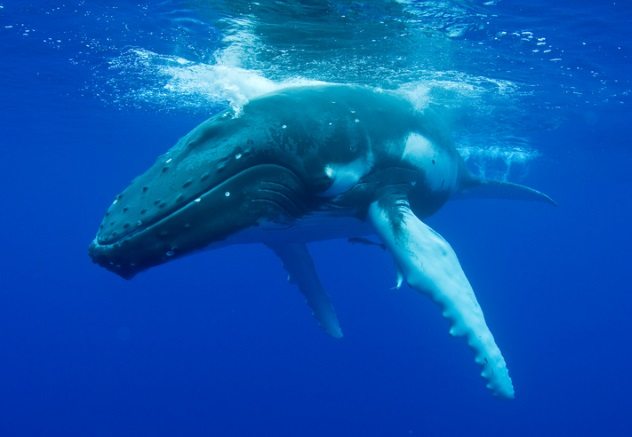
Nature has even more to teach us about wind power efficiency, as demonstrated by the humpback whale. Both the humpback whale and wind turbines benefit by reducing the amount of drag on their surfaces. The gentle giant achieves this thanks to the bumps along its fins, called tubercles. Tubercles allow the whale to maneuver with minimal drag, which is necessary when it’s searching for food.
Of course, the design transfers well to wind turbines. Professor Frank Fish of West Chester University worked with a team to design a turbine blade with tubercles. The resulting design worked so well that it could even gather wind in low wind speed areas. Fish is president of a Canada-based operation called Whalepower, which is dedicated to improved turbine and fan designs based on his team’s findings.[4]
7 Geckos And Power Adhesive
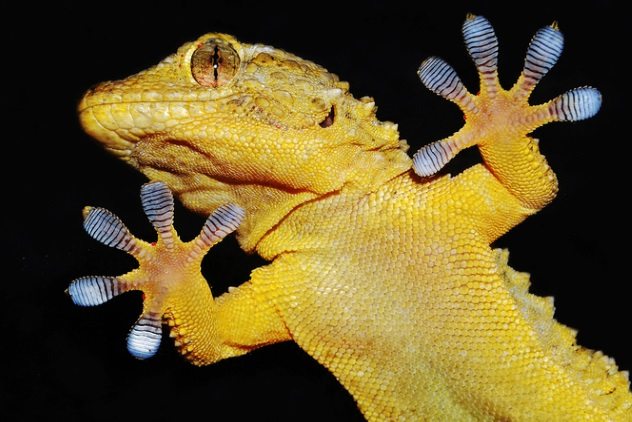
Admit it: At some point in your life, you’ve been a bit jealous that geckos can effortlessly walk up walls. The mystery of the wall-climbing lizard has puzzled observers for millennia. It was finally solved in 2002, when researchers discovered millions of tiny hairs on the gecko’s feet called setae. The setae help to produce weak, short-range electrostatic forces called van der Waal’s forces.
While there have been many proposed applications for this feat of nature, one in particular has been successful in its own right: a product called Geckskin. Three enterprising graduates from the University of Massachusetts Amherst created this reusable super adhesive inspired by the mechanics of gecko feet. The sticky material can hold up to 317 kilograms (700 lb) on a smooth wall. Since its debut, Geckskin has won accolades from organizations and news outlets including CNN, Bloomberg, and The Guardian (the last of which referred to it as “flypaper for elephants”).[5]
6 Bats And SmartCanes
Bats are famous for their nocturnal prowess, which comes from their unique ability to distinguish objects in the dark using echolocation. They emit high-pitched sonar frequencies that bounce off of objects that the creature could potentially collide with while flying.
A research team at the Indian Institute of Technology in Delhi, India, has taken a cue from bats to revolutionize the standard white cane used by blind people. Through their research, they created the SmartCane. The device emits a similar signal to bats to detect potentially dangerous objects.The device attaches to a standard white cane. When the waves return to the device, it vibrates to let the user know to avoid an object in his or her path.[6]
Though similar technologies already exist, such as the widely available Ultracane, the developers of SmartCane wanted to create a product that is not only useful but affordable for everyone. The SmartCane retails at about $50, compared to the $1,000 Ultracane.
5 Beetles And Water Harvesting

Engineering effective ways to harvest water has been one of the greatest challenges of the modern era. Water is such a precious resource that’s it’s hard to believe that any creature could merely pull it out of thin air. However, the Stenocara gracilipes beetle can do just that.
This beetle is native to the coastal Namib Desert in Southwestern Africa, one of the hottest, most unwelcoming places on Earth. When the wind sweeps fog in from the ocean, water droplets collect along a series of glass-like bumps along the beetle’s back. The drops then run down small channels to the beetle’s mouth. This process is crucial to the insect’s survival, as the fog only rolls in about six times per month.
There have been multiple attempts by researchers to replicate this useful ability. For one, scientists at the British Ministry of Defense conducted research in 2001 on creating tents and roof tiles that can collect water in dry regions. A company called NBD Nano was also inspired by the beetle. Founded by four graduates with degrees in biology, organic chemistry, and mechanical engineering, the company aims is to produce a self-filling water bottle based on the beetle’s shell. As of 2012, they were producing a prototype to go to market.[7]
4 Sea Sponges And Solar Panels
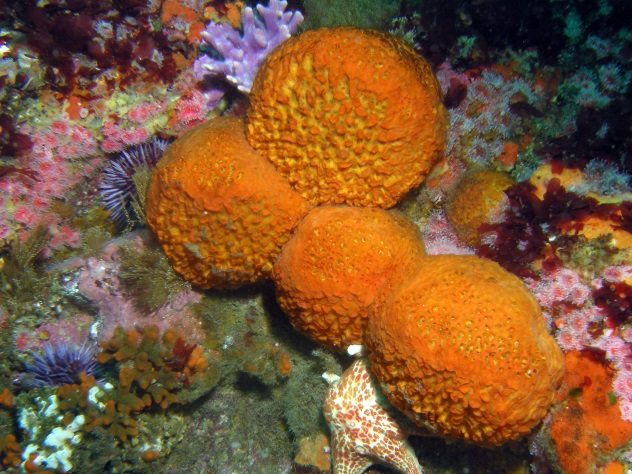
At first glance, the orange puffball sponge may not look like much. What more could anyone use it for, other than a trendy shower accessory? It turns out that these simple invertebrates have a special ability to harvest silicon from seawater and use it to build up their spongy bodies. This process could potentially provide a way to build cheaper, more eco-friendly solar panels.
Manufacturers typically create solar panels by laying chemicals on an inert surface to create a thin, crystalline layer. The layer acts as a semiconductor that generates an electrical current when sunlight strikes it. This high-temperature, low-pressure process is energy-intensive and therefore expensive.
Researcher Daniel Morse and his team at the University of California Santa Barbara devised a way to imitate the orange puffball sponge’s ability to produce silicon without using high temperatures and low pressure. The sponge performs this feat thanks to an enzyme called silicatein, which helps to convert silicic acid in seawater into silica spikes.
By using liquid zinc nitrate instead of seawater and ammonia instead of silicatein, the team was able to replicate the sea sponge’s process and apply it to solar cells. The process needs further development, but it’s a promising way to make solar energy more accessible for everyone.[8]
3 Wood Wasps And Space Drills
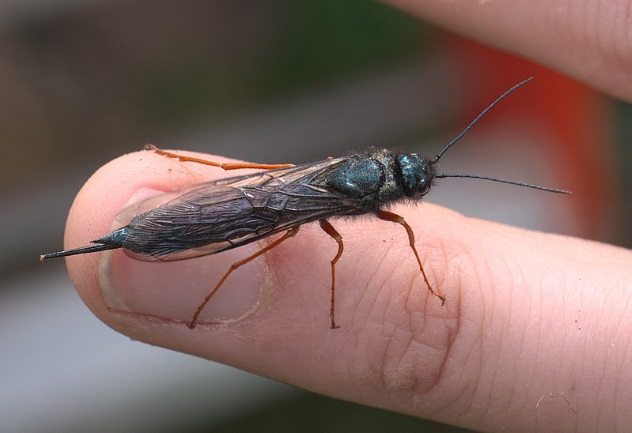
Tools built for use in outer space typically have the same problems: They’re bulky, work slowly, and suck up large amounts of power. The space drill is no exception. Even more problematic, the motion of Earth-style drills can make them float away in a low-gravity environment.
Enter the great wood wasp. Also known as the horntail wasp, the females of this species sport an ovipositor, a pointed tube-like structure used for laying eggs, at the back of their bodies.She lays eggs by finding a suitable tree, driving the ovipositor into the trunk, and depositing the eggs into the trunk. The whole process doesn’t harm her at all, which is impressive, given that this little insect is basically driving her body into solid wood.
In 2006, a team of four scientists at the University of Bath in the United Kingdom released a paper proposing a space drill modeled after the female wood wasp.[9] This drill would be powerful enough to drill through solid rock using the same design as the ovipositor. Julian Vincent, the team’s biomimetics professor, stated that the toughest part was getting space agencies to accept the new design. He says that space engineers don’t usually like to use newer technologies if the current one is still working.
2 Butterflies And Glare-Free Screens
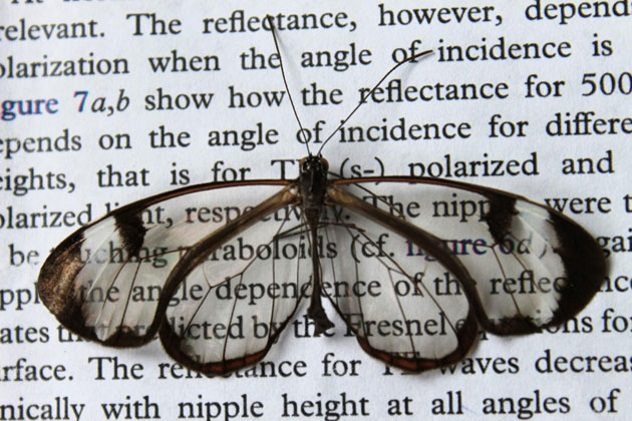
Butterflies are very good at inspiring visual technology, so it’s no surprise that the secret to eliminating mobile phone screen glare could also come from these lovely creatures. In 2015, German researchers at the Karlsruhe Institute of Technology made a surprising discovery: The presence of irregularly shaped, nanoscopic structures on the wings of the glasswing butterfly eliminates most reflected light.[10] Their findings were published in the journal Nature Communications.
Research into how to apply this technology to mobile device screens is still underway. If successful, you can kiss struggling to read your phone outdoors goodbye.
1 Termites And Green Buildings
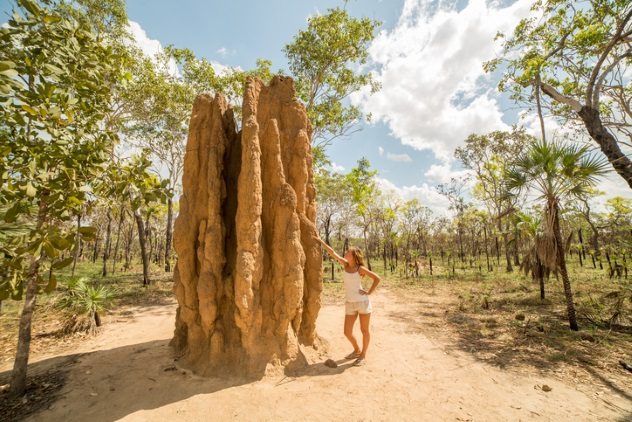
One amazing feat of nature found throughout Africa is the mighty termite mound. Built entirely of earth, these structures can stand surprisingly tall and house massive colonies of termites. Not only that, but they also have a very effective method for regulating temperature and ventilation. For one, the mounds are usually built with a north-south orientation. This allows the mound to absorb heat to its base when the Sun is low and to avoid too much heat exposure during the hottest part of the day. Termites open and close a series of vents inside the mound to regulate the warm air that comes up through the base of the structure. Awesome, right?
Engineers the world over have taken notice of the termites’ design abilities and adapted them for human use. The Eastgate Centre in Harare, Zimbabwe, the largest shopping and office complex in the country, was built on green architecture principles inspired by termite mounds. This building has no conventional heating or cooling systems but uses a passive system made up of fans and vents to regulate temperatures year-round. It was designed by local architect Mick Pierce, who also designed a similar building in Melbourne, Australia.[11]
Tiffany is a freelance writer hailing from Southern California. She enjoys pop science, history, and the occasional overdose on chocolate.
Read more amazing facts about the natural world on 10 Bizarre Animal Symbiotic Relationships and 10 Surprising Problems Solved By Nature.





